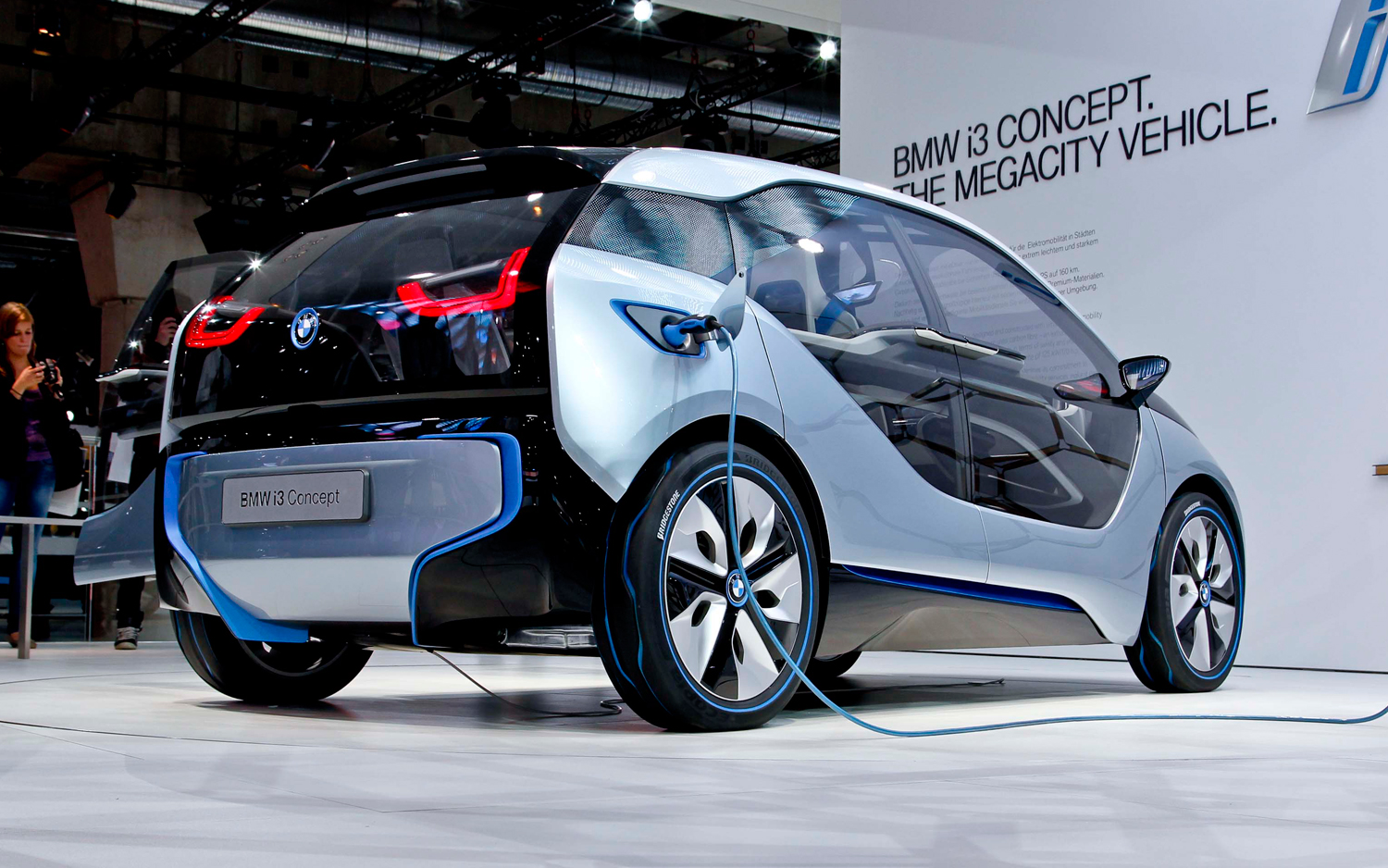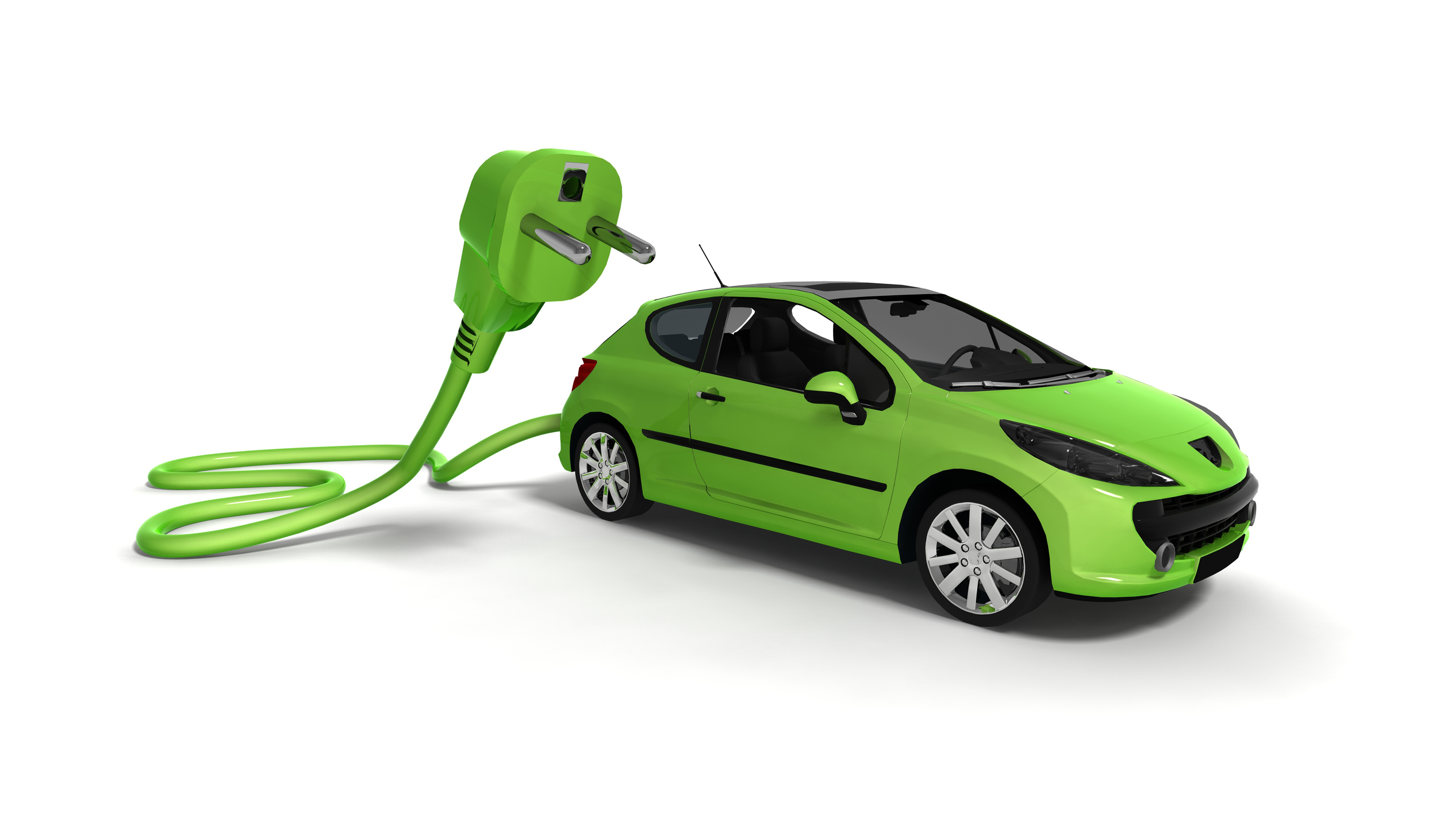The Future of Green Cars

We have slowly become aware of the fact that we must cut down on emissions and focus on preserving our environment. Yet, there is still a long way to go, as less efficient and environment-damaging fuels still remain the primary source of income for a lot of people, people who would like to see alternative fuel technologies stagnate as long as possible. We are just starting to see greener car options that come close to gas guzzlers in terms of performance, but there is still a noticeably higher cost for going green. An electric car, e.g. a Ford Focus Electric, will cost on average about $16.000 - $18.000 more than a regular hatchback with the same characteristics and the gas models will be more powerful as well.
With an electric car you will save about $100 per month on gas, but that means it will be years before the savings amount to a substantial amount and the overall expense matches that of a regular car. Hybrids are a bit closer to the mark in terms of both driving characteristics cost-effectiveness and companies are even making eco-conscious decisions when it comes to the production process and the materials being used. So what can we expect to see in terms of green car technologies in the future?
BMW sets a good example
The new BMW i3 is an electric car that was conceived to be as eco-friendly as possible. The factory it is produced in utilizes wind turbines to produce a good part of its power; the carbon fiber used for the body and for around 25% of the interior is made from recycled material and being lighter and easier to work with also cuts down production time to about half, which means far less energy consumption during the build process. BMW also utilizes natural materials for the dashboard – fibers from a sturdy plant traditionally used in the manufacture of ropes. The car itself will be battery-powered and will be able to be broken down and recycled easily. This is a good example of a company not being shortsighted and actually working on more eco-friendly ways of putting together an electric car.

The overall environmental impact of current electric cars
Although some factories are moving towards alternative power sources, most are still powered in the conventional way and a lot of the hybrid and with the exception of the new BMW i3, electric cars use conventional methods of production which can mean equal or even slightly longer production times on electric models compared to regular cars. The electricity we use to power these electric cars comes mostly from power plants that use coal. The batteries themselves, lithium-ion batteries, are made of materials mined mostly in unstable areas – Argentina, Bolivia and Chile – and although they can be recycled, it is not very economic or energy efficient to do so. It is much easier to manufacture a new battery from the ground up than to recycle. This means that the carbon footprint left in the wake of a birth of every new supposedly green electric car is still quite substantial. This issue must be properly addressed before we can claim that we are indeed driving eco-friendly cars.

Feeling good about ourselves vs. actually making a change
Although it feels good to strike up an elegant pose, lift our noses to the sky and feel self-righteous about our efforts to save the environment, the fact is that we don’t really have cars that are 100% green and even the ones that do make a difference are seldom seen on most popular and bestselling car lists. In order to really make a change we need to focus our attention on improving the driving characteristics of electric cars as well as improving the production process itself and moving on to green materials, which can only happen if more companies get on board and start giving us some new options.
The best way to increase interest in green cars is to provide more variety, but we get caught in a catch 22 scenario where technological innovation requires funding that only comes with increased interest and interest is only sparked once there are a number of functional options available to us. And when all is said and done we come back to the issue of cost, and we have yet to develop decent electric cars that can perform as good as regular cars and still be within the same price range. Then again, 20 years ago someone would laugh in your face if you told them we’d have an electric sports car like the Tesla Model S, so we are clearly moving in the right direction.


0 Comments
Recommended Comments
There are no comments to display.